Passport
All travelers must have a passport valid for at least six months beyond their intended stay in Tanzania. Additionally, you’ll need to provide proof of a return ticket and sufficient funds to support yourself during your visit.
Each traveler is responsible for ensuring their passport and visa requirements are met. We cannot provide extensive assistance in this matter. If you don’t yet have a passport, apply early, as processing can take time. If you already have one, double-check its expiration date.
Visa
Tanzania requires a tourist visa for citizens of the UK, Australia, New Zealand, India, the United States, Canada, and most EU countries. Travelers from other nations should consult their nearest Tanzanian embassy or high commission for visa requirements. Visas typically cost around USD 50 (approximately GBP 40), though some US visas may cost USD 100. Note that Tanzanian visas expire three months after issuance, so avoid applying too early.
Visas can be obtained upon arrival at Kilimanjaro International Airport (JRO), but recent procedural changes have led to long queues and wait times of two hours or more. The Tanzanian High Commission reserves the right to deny visas on arrival, though this is rare. To avoid delays, we strongly recommend securing your visa in advance.
You can also apply for a Tanzanian visa online. Be sure to review the Visa Application Guidelines carefully to ensure you apply for the correct visa type and enter through approved entry points.
Where to Obtain a Tanzanian Visa
- Tanzanian Embassies or High Commissions
- Tanzania Immigration Services website
- Approved entry points, including international airports
- In Dar Es Salaam: The Office of the Director of Immigration Services
- In Zanzibar: The Office of the Principal Immigration Officer
Travel requirements can change quickly, so we advise double-checking visa and passport details with an embassy, consulate, or a reputable visa agency like www.thevisacompany.com.
Vaccinations
Below is general guidance for travel to Tanzania, but we strongly recommend consulting your GP or a travel clinic for the most accurate and up-to-date medical advice tailored to your needs.
Strongly Advised Vaccinations
- Hepatitis A: Spread through contaminated food and water.
- Tetanus: Present in soil and can infect open wounds. A booster is recommended every 10 years.
- Typhoid: Also spread through contaminated food, water, or poor hygiene.
- Diphtheria: A potentially fatal disease spread through saliva or skin contact.
- Yellow Fever: Required if arriving from or transiting through a country with yellow fever risk. Direct arrivals in Tanzania do not need it unless leaving the airport in an affected country.
Sometimes Advised Vaccinations
- Hepatitis B: Spread through contact with blood or bodily fluids. Approximately 8% of Tanzania’s population carries the virus.
- Rabies: Fatal if untreated, spread through infected animal saliva. Treatment can be challenging in Tanzania.
- Tuberculosis (TB): Contracted through airborne sputum.
- Cholera: Spread via contaminated food, water, or poor hygiene.
- Measles: Spread through inhaling sputum.
Insurance
Climbing Kilimanjaro involves risks, so comprehensive insurance is mandatory. Your policy must cover:
- Helicopter evacuation.
- Missed flights due to injury, illness, or delays.
- Climbing up to 6,000 meters.
- Standard travel risks like baggage loss or delays.
We recommend World Nomads for travel insurance. Ensure your policy includes “hiking up to 6,000m” and carefully review its terms.
Health
Malaria and Mosquitoes
Malaria-carrying mosquitoes are present in the Kilimanjaro region below 3,000 meters. Protect yourself with anti-malarial medication, long sleeves, trousers, and DEET-based repellent.
Avoiding Diarrhea
Maintain good hygiene to prevent stomach upsets. On the climb, we ensure food and water safety, but before your trek:
- Avoid untreated water.
- Wash hands thoroughly after using the toilet and before eating.
- Avoid raw vegetables, salads, cold drinks, and ice.
- Stick to sealed bottled water, fizzy drinks, wine, beer, or hot tea and coffee.
If diarrhea occurs, stay hydrated with rehydration solutions like Dioralyte. Over-the-counter medications like Imodium are for mild cases, while a single dose of Ciprofloxacin (500mg) may help in emergencies—consult your doctor beforehand.
Preventing Dehydration
High altitude increases water loss through breathing and sweating. Drink at least 3 liters of fluids daily, even if you’re not thirsty. On summit night, drink at least half a liter before starting and carry 2 liters of water, ensuring it doesn’t freeze.
Signs of dehydration include thirst, dry lips, headache, and fatigue. Check urine color (clear or light straw is ideal) and skin elasticity (slow rebound indicates dehydration).
Sunburn and UV Protection
High altitudes intensify UV radiation. Protect yourself with:
- SPF 30+ sunscreen and high-SPF lip balm.
- A wide-brimmed hat.
- UV-protective sunglasses (category 2-4).
Eating Well
Loss of appetite at high altitudes is common, but you must eat to replace the 2,000+ calories burned daily. Focus on carbohydrate-rich meals for sustained energy. On summit night, opt for light snacks like chocolate, nuts, seeds, or biscuits—avoid sticky or syrupy foods that may freeze.
Body Temperature
Kilimanjaro’s varied climate zones require layered, high-quality clothing. Expect storms, high winds, and freezing temperatures, so invest in warm, waterproof, and breathable gear.
Altitude Sickness
Acute Mountain Sickness (AMS) is caused by low air pressure and oxygen levels at high altitudes. Symptoms can be severe and debilitating, especially above 2,400 meters.
Avoiding AMS
- Walk high, sleep low: Gradually ascend during the day and descend to sleep.
- Go slow: Maintain a pace that allows normal conversation. Overexertion increases AMS risk.
- Stay hydrated: Drink at least 3 liters of water daily.
- Consider Diamox: This medication can help prevent AMS. Consult your doctor before use.
By following these guidelines, you can minimize risks and maximize your chances of a successful and enjoyable climb.
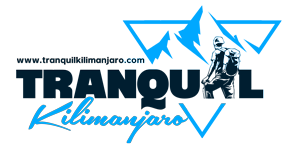
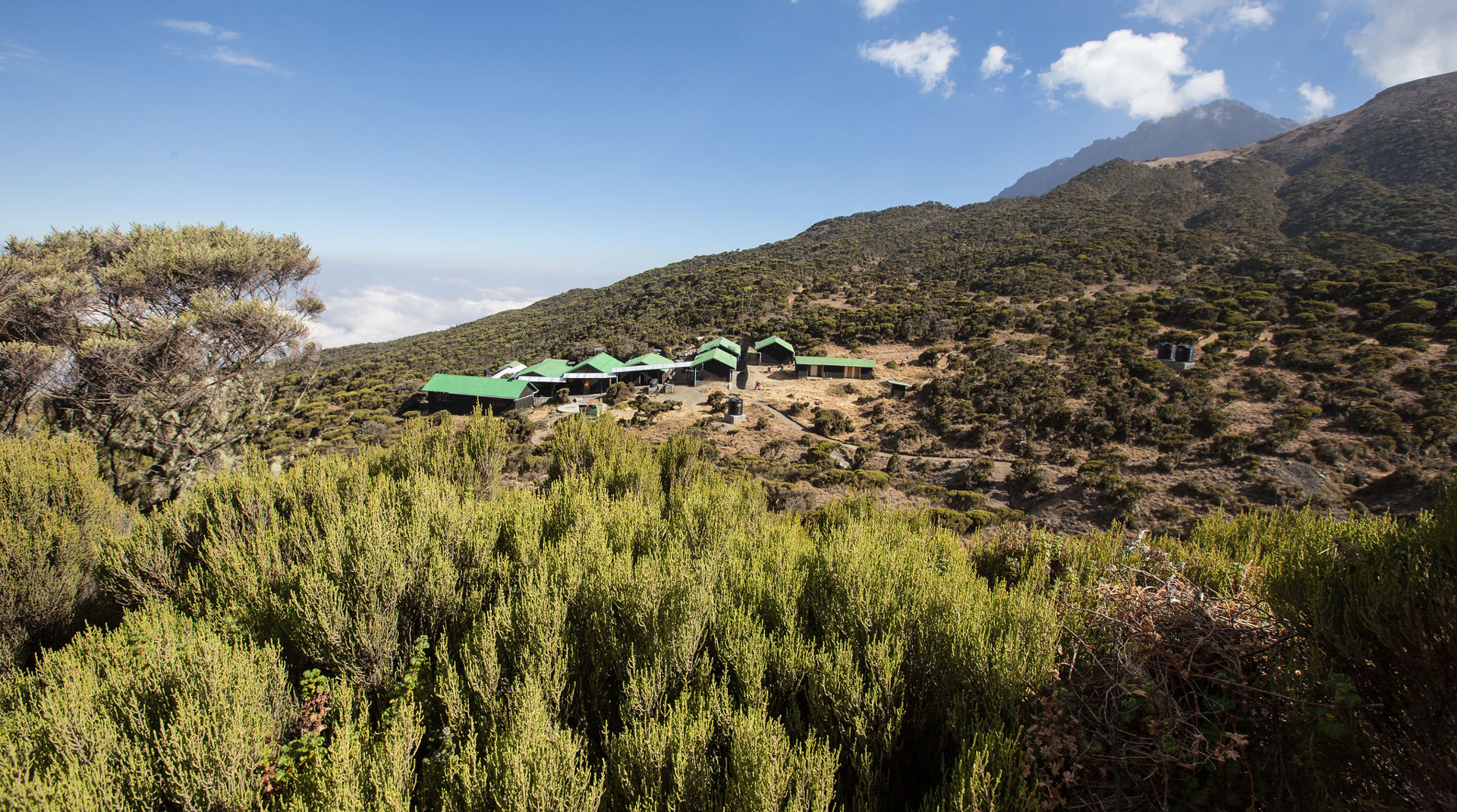
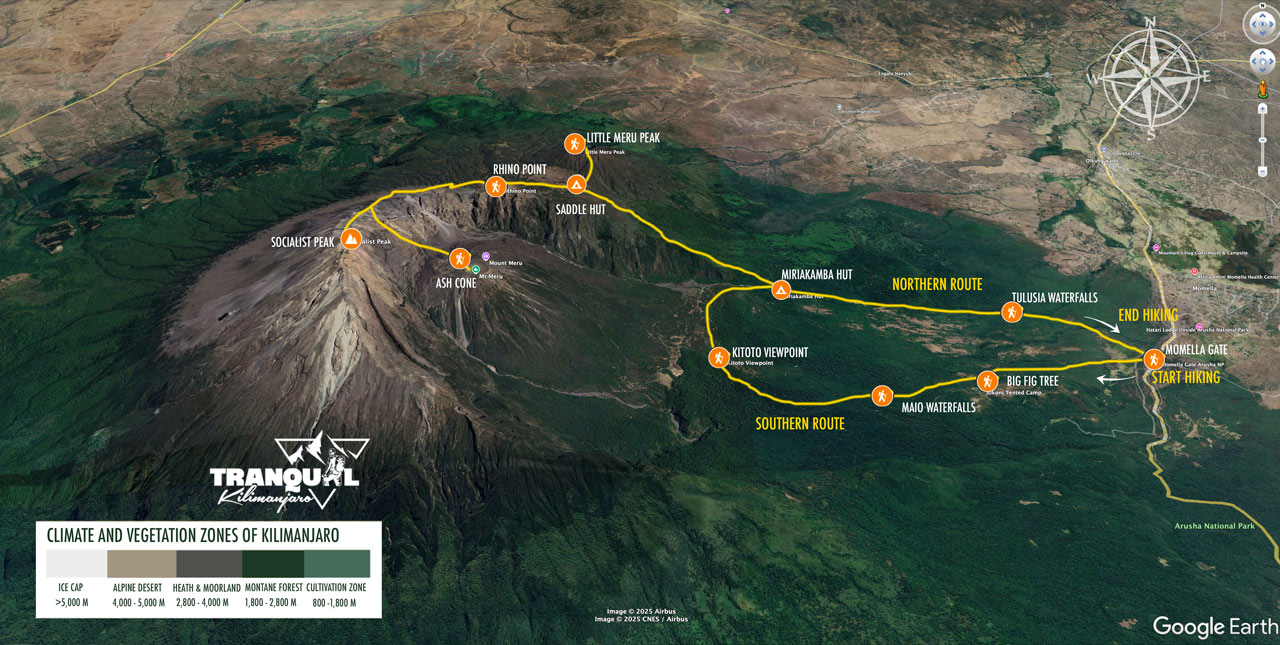
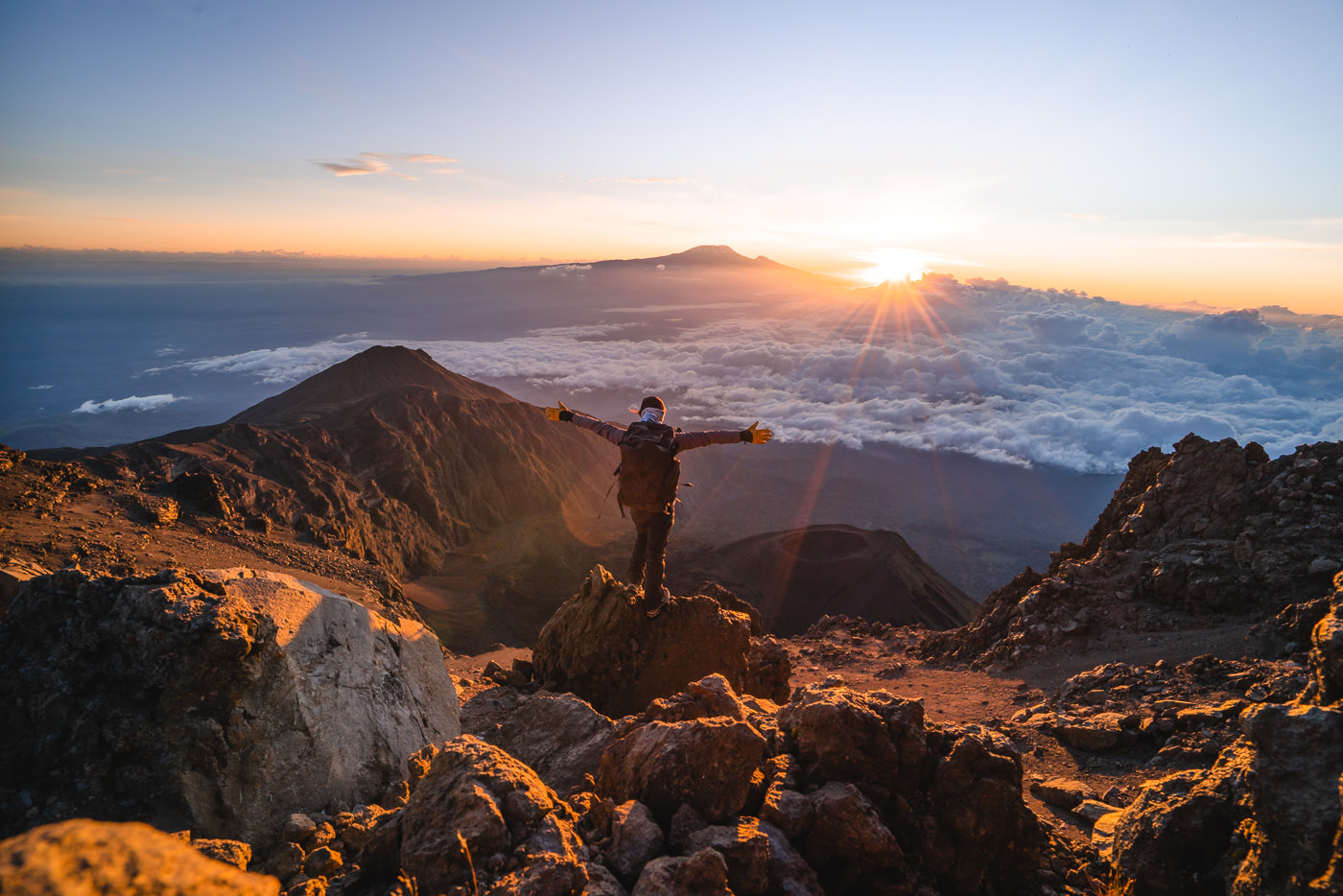
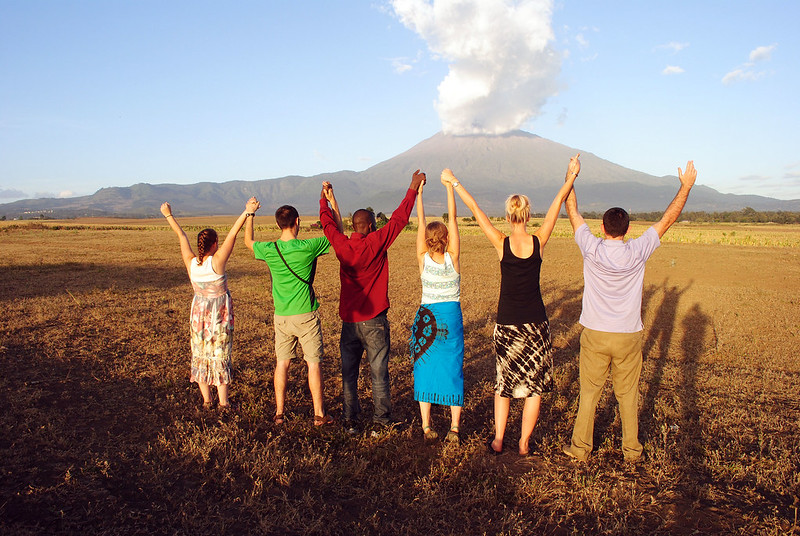
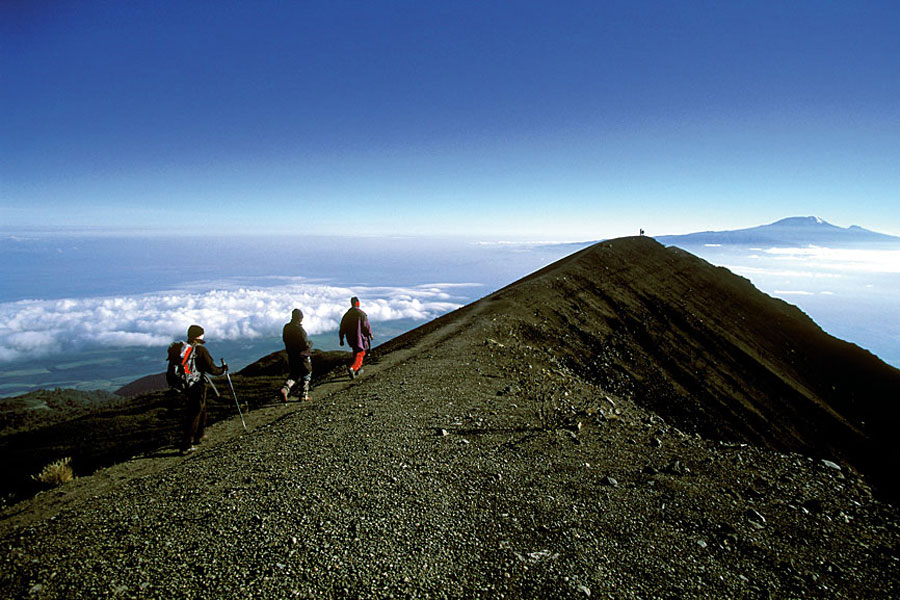
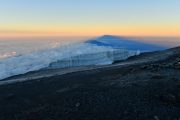
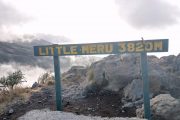
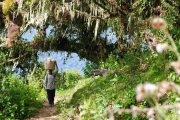
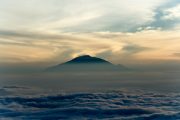
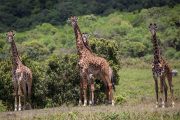
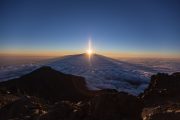
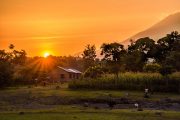
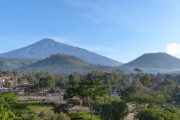
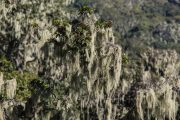
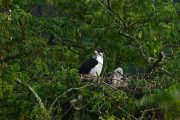
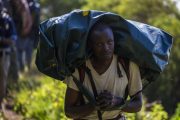
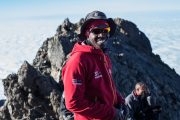
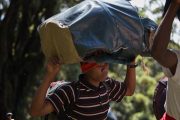
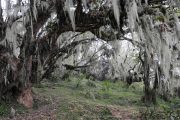
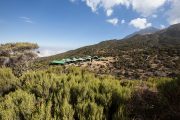
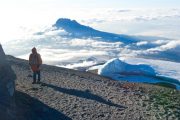
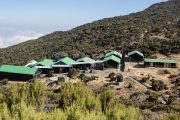
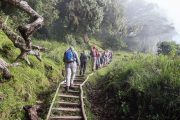
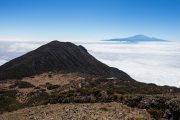
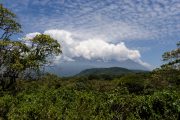
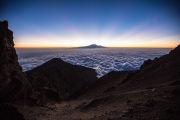
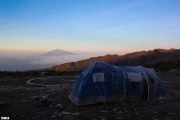
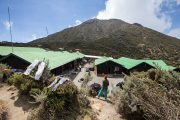
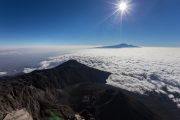
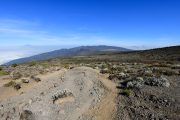
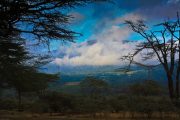
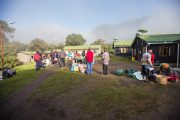
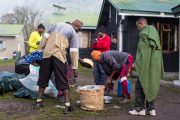
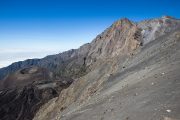
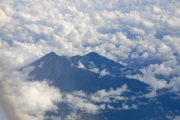
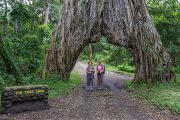
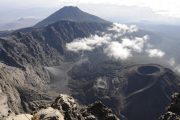
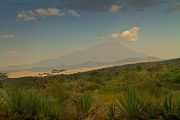
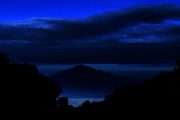
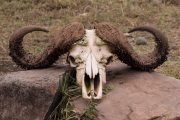
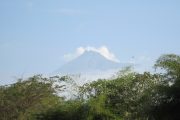
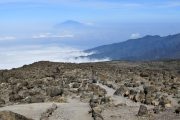
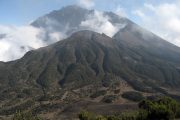
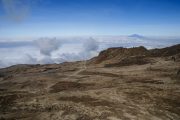
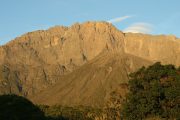
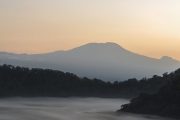
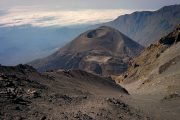
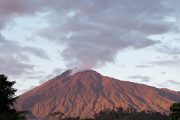
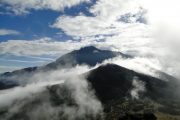
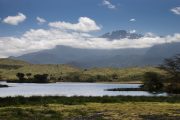
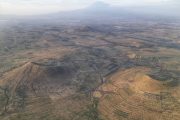
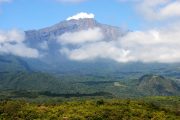
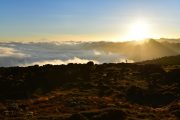
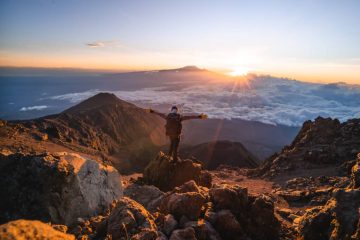
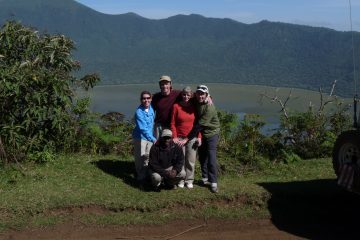
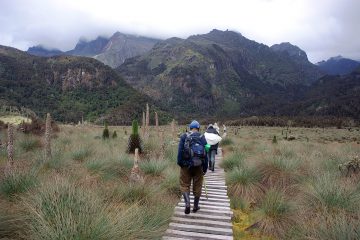
Tour Reviews
There are no reviews yet.
Leave a Review